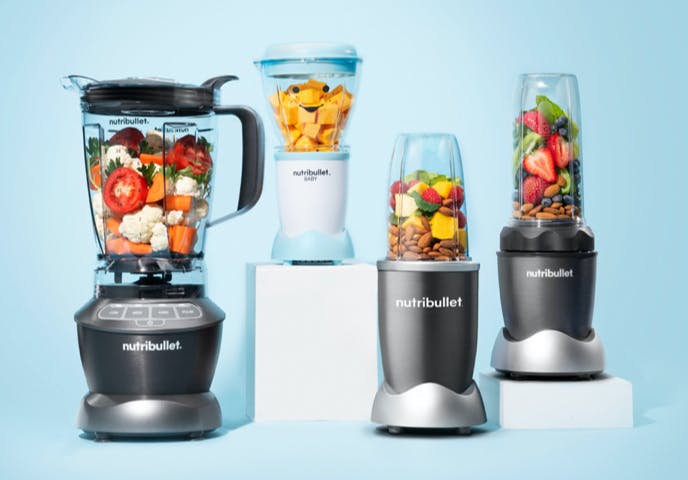Each year, different diets become popular with appetizing claims that catch the attention of consumers. These claims leave people eagerly wondering what the right rules are and how they will fit into their lifestyles. According to Business Wire, the U.S. weight-loss industry is now worth $72 billion! While people continue to pick up these diets, many are turning to body positivity and acceptance. So, each new diet that comes to the market should be taken with scrutiny and involve a review of scientific evidence to steer you clear of fad diets. That’s what we’re here to do!
So, what exactly is the Pegan Diet?
The Pegan Diet combines both paleo and vegan diets into one – but how? These two diets are on the opposite spectrum, with one full of animal protein and the other removing meat from the diet completely. This new proposed diet pattern takes elements from both and combines them into one. In 2015, Mark Hyman, M.D. first introduced the term on his blog. He focused on certain key elements of the diet, which advocates for less processed foods and more fresh, local, organic, and sustainably raised meat. Most importantly, he emphasized that fruits and vegetables should make about 75 percent of your diet and plate. This version of the Pegan diet also restricts sugar and eliminates grains, beans, alcohol, and dairy.
More recently, Dr. Oz introduced the Pegan 365 plan, which also combines the paleo and vegan diet into one. So, what’s the difference? This plan does not eliminate sugar, grains, beans, or alcohol. Instead, it allows a restricted amount that supports a more flexible plan than the original Pegan diet. What remains consistent is that both diets emphasize eliminating dairy.
How can this help me?
The Pegan diet aims to help promote overall health and prevent chronic diseases. Both diet patterns emphasize eating more whole foods with a focus on eating plants, along with healthy fats from avocados, nuts, and seeds while increasing plant proteins or using meat as a condiment. This pattern of eating is supported by the Culinary Institute of America and Harvard T.H. Chan School of Public Health’s Protein Flip concept as well as the 2015 Dietary Guidelines Advisory Committee. The latter stated that a healthful diet is “higher in vegetables, fruits, whole grains, low- or nonfat dairy, seafood, legumes, and nuts; moderate in alcohol (among adults); lower in red and processed meat; and low in sugar-sweetened foods and drinks, and refined grains.”
The Takeaway
Each person and body is different. We all have different levels of health, with stress, sleep, access, and environments impacting our choices. What’s been tried and true is learning how to listen to our bodies and nourishing ourselves with nutrients as part of a healthy lifestyle. Choosing to follow what helps you to live your best life is ultimately the best plan to follow, whether it’s the Pegan diet, Pegan 365, or simply adding more fruits and veggies into your everyday diet.
Try these recipes to get you started!
- Flaxin’ Out – With two heaping tablespoons of heart-friendly flax seeds, along with antioxidant-rich berries and plenty of greens, this smoothie is an excellent addition to a healthy diet.
- Heart-Healthy Hemp Smoothie – Give your heart a healthy boost with a smoothie that’s rich in antioxidants, fiber, and heart-healthy fats!
- Frozen Blueberry Lemonade – Light and citrusy, this Frozen Blueberry Lemonade is the perfect pick-me-up to help you feel refreshed!



















